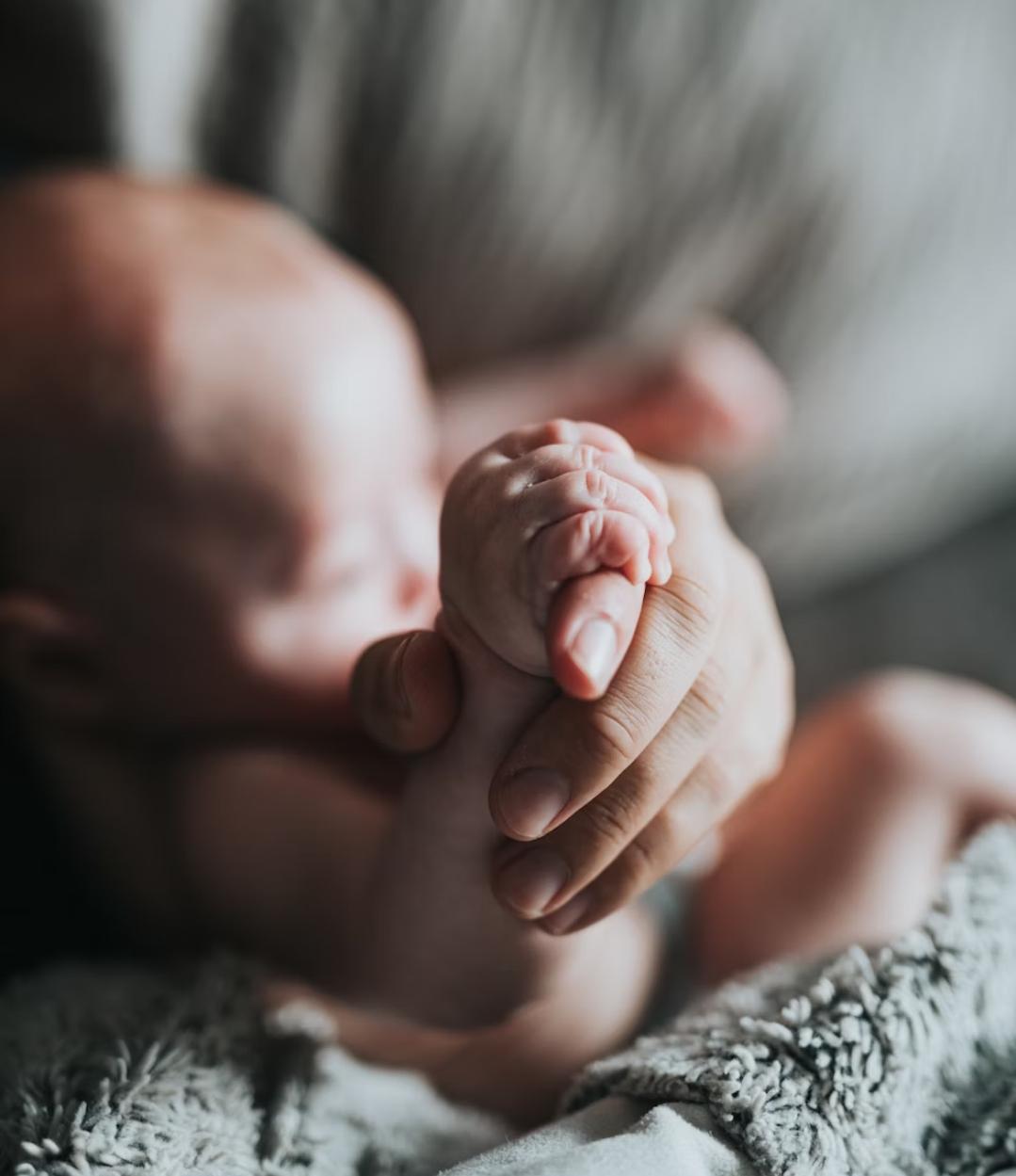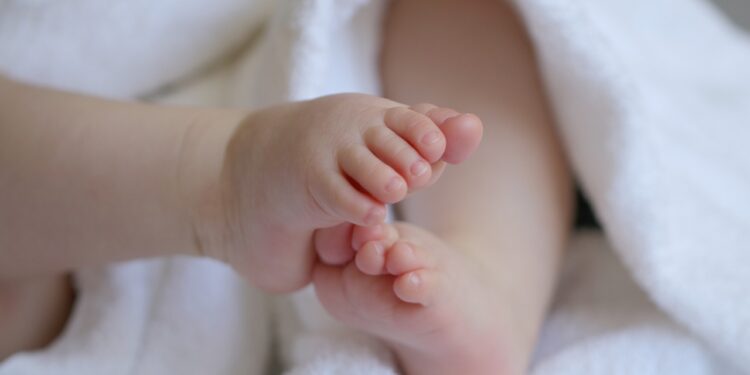Typically the human body starts developing from a single cell. This cell multiplies and through the neural tube, the nervous system starts to form.
During pregnancy, the neural tube needs to close properly in order for the brain and spinal cord to develop well. When this process doesn’t occur as it should, it leads to serious birth defects known as neural tube defects (NTDs). One of the most severe types of NTDs is anencephaly happening in 5.1 per 10,000 births, which affects the brain and skull.

What is Anencephaly?
This condition is a birth defect where the baby is born without a major part of the brain, skull, and scalp. This is a result of the upper part of the neural tube failing to close during the first few weeks of pregnancy. This stage of pregnancy is so early that some women may not even realize that they are pregnant. Typically when a pregnancy is healthy, the neural tube is what gradually develops into the brain and spinal cord.
However, in babies with anencephaly, the brain fails to form completely, leaving a large portion of the skull and scalp missing. Although, there are other brain structures that have managed to develop, they are usually not functional. Therefore, the baby lacks the ability to think, feel, or be conscious. Unfortunately, babies with anencephaly often pass away shortly after birth, because of their inability to perform vital functions.
What is the Survival Rate of Anencephaly?
Anencephaly is almost always fatal. Nearly all babies with this condition either die before birth (in the form of a miscarriage or stillbirth) or shortly after being born. While the baby usually lives for just a few hours, they can live up to a couple of days after birth. Know that longer survival is extremely rare, and that can only happen when the brainstem (which controls functions like breathing) is partly developed, but the baby’s quality of life is still very poor.
Symptoms and Complications of Anencephaly
Physical Features
- Brain tissue is exposed (not covered by the skull).
- Facial features are unusual or not fully developed.
- The spinal cord might not close properly (a condition called spina bifida).
Neurological Problems
- The brain does not work properly or is completely absent.
- The baby cannot feel, move, or respond to the environment.
Other Related Issues
- Other neural tube defects may also be present.
- Heart problems (cardiac abnormalities) can occur.
Causes of Anencephaly
Neural Tube Development: The neural tube is an early structure in a human’s body which eventually forms the brain and spinal cord, as the embryo grows. The tube starts as a flat sheet of cells that rolls into a tube. By the 28th day of pregnancy, the ends of this tube should close completely.
If the top part, which usually becomes the brain and spinal cord, doesn’t close properly, the brain cannot fully develop. Secondly, in pregnancy, folic acid is needed to help the neural tube close correctly. If the mother’s body doesn’t have enough folic acid, the risk of neural tube defects worsens.
Genetic Factors: Some people have what is known as genetic variation, which makes them more likely to have a baby with neural tube defects. For example, if the parents have mutations in their genes which are involved in folate metabolism or neural tube development, the risk of having a baby with anencephaly or any other NTDs, increases. Furthermore, if a family has a history of neural tube defects, the likelihood becomes higher.
Environmental Factors: There are external factors during pregnancy that often affect normal neural tube development. Harmful substances like specific medications, toxic chemicals, or infections can interfere with the embryo’s development. Also having the behavior of smoking, drinking alcohol or managing other chronic conditions like diabetes, poorly during pregnancy can increase the chances of neural tube defects.
Bottom Line
Anencephaly is a serious birth defect that happens when the top part of a baby’s brain and skull don’t form properly during early pregnancy. This is because the neural tube, which helps develop the brain and spinal cord, doesn’t close as it should. Babies with this condition usually can’t survive because their brain doesn’t work, and they can’t do basic things like move or breathe properly.

















